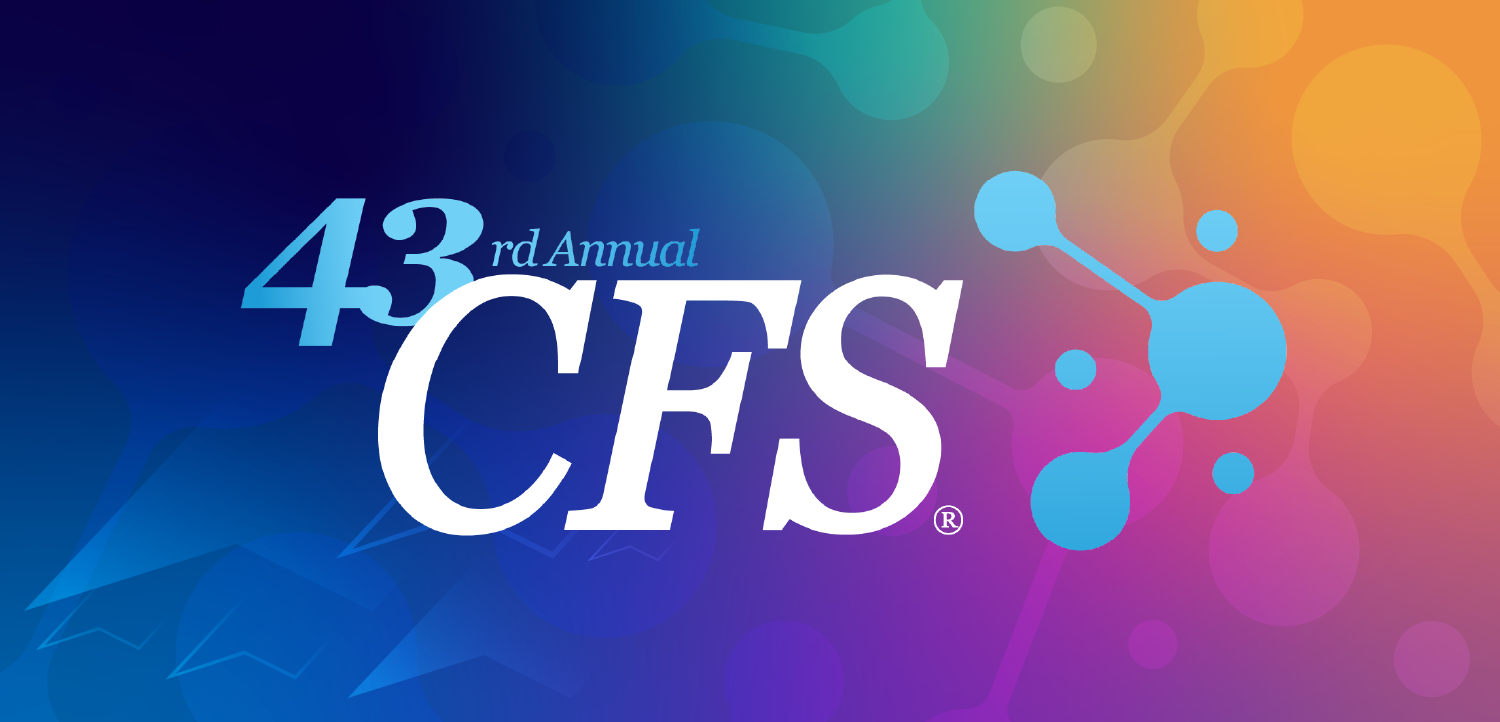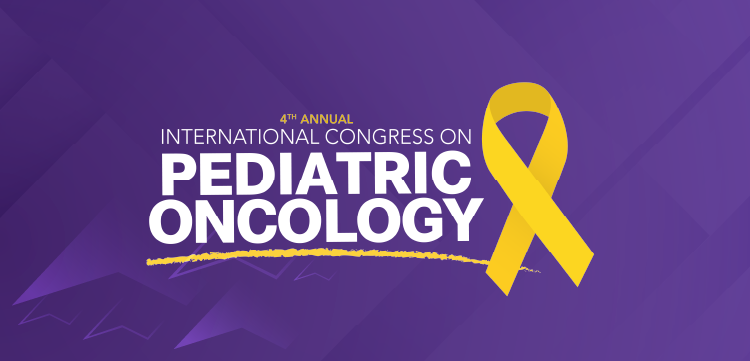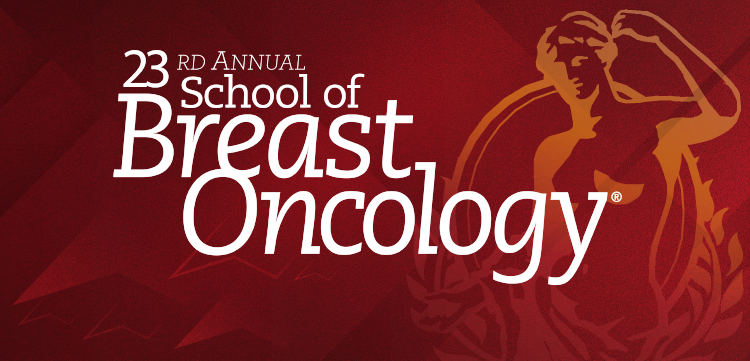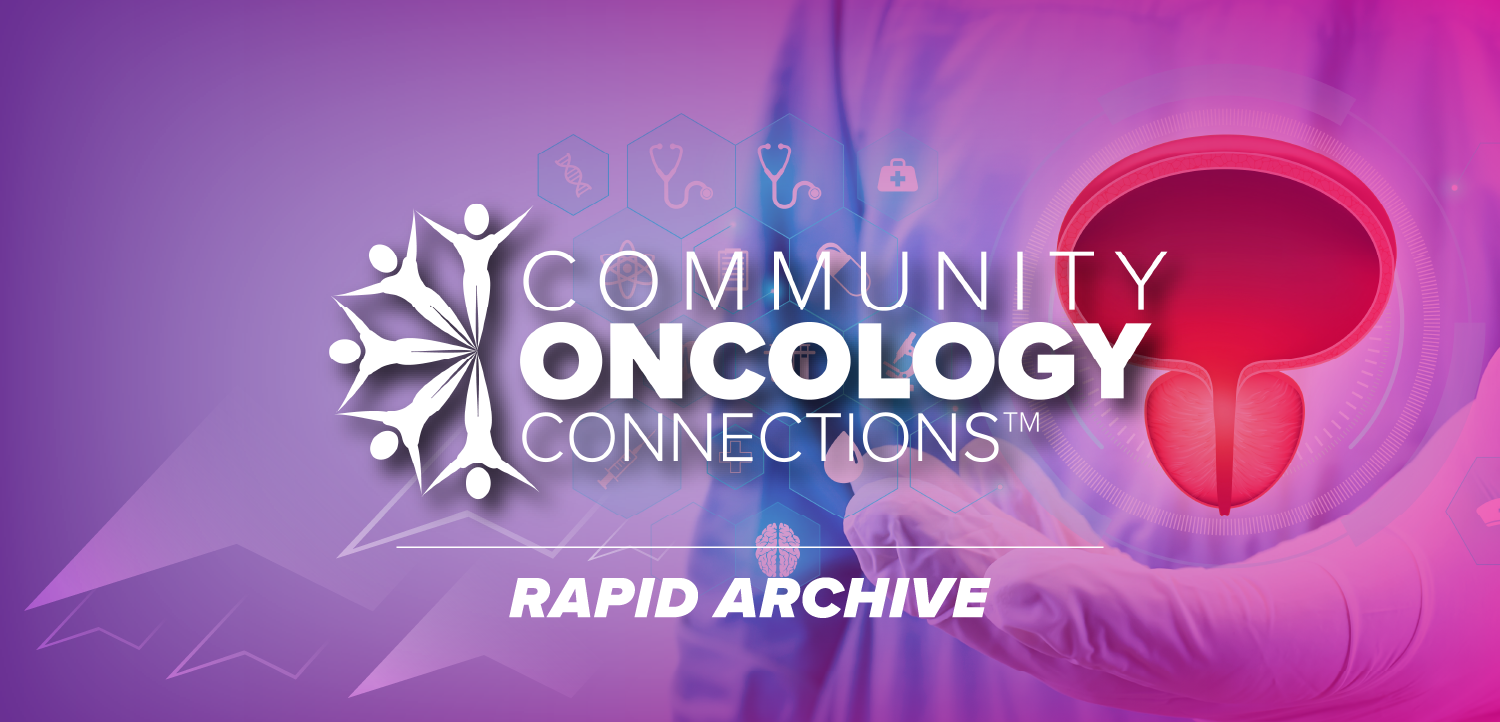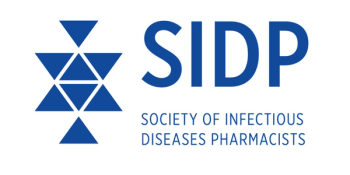
Identifying Causes and Effects of Alcohol-Related Liver Disease
Investigators identify a mechanism that’s vital to the progression of alcohol-related hepatitis, paving the way for new treatments.
Alcohol-related
ARLD is especially dangerous because it is typically asymptomatic until the liver has already sustained severe damage. So little is understood about the factors that contribute to disease development, making liver transplantation the only reliable cure to date.
This week, however, a team of investigators from MedUni Vienna’s Department of Laboratory Medicine shared their research findings of a new mechanism that exacerbates ARLD.
The objective of the
This is important because ARLD is accompanied by microbial dysbiosis, elevated intestinal permeability, and hepatic exposure to translocated microbial products, all of which exacerbate the disease.
Secretion of IgA in the gut is essential for generating immune protection against invading pathogens, thus the impetus to study the pIgR IgA depends upon.
“Our study revealed a build-up of pIgR and IgA in the livers of patients with alcohol-related
The investigators used several animal models to determine the low levels of IgA in the intestines of mice without plgR aggravate alcohol-induced liver complications, or steatohepatitis. The blood of the mice without plgR also exhibited heightened bacterial translocation. The investigators also found a molecular mechanism that partially restored IgA levels in the intestine, alleviating alcohol-induced liver disease in the mice without plgR.
Livers of patients with ARLD demonstrated an increased colocalization of plgR and IgA within canaliculi and apical poles of hepatocytes. Additionally, plgR-deficient mice developed increased liver injury, steatosis, and inflammation, as compared to wild-type mice. plgR-deficient mice also exhibited elevated plasma lipopolysaccharide levels and more hepatic bacteria, suggesting elevated bacterial translocation.
Overall, the results indicate that dysfunctional hepatic plgR enhances alcohol-associated liver disease (alcohol-associated
"Our data show that dysfunction in pIgR in the liver exacerbates alcohol-related liver disease because the antimicrobial response through IgA in the gut is impaired,” Hendrikx summarized. “This means that enhancing pIgR in the liver or increasing the IgA levels in the intestine could be a promising starting point for novel treatment options of alcohol-related liver disease.”
Newsletter
Stay ahead of emerging infectious disease threats with expert insights and breaking research. Subscribe now to get updates delivered straight to your inbox.












































































